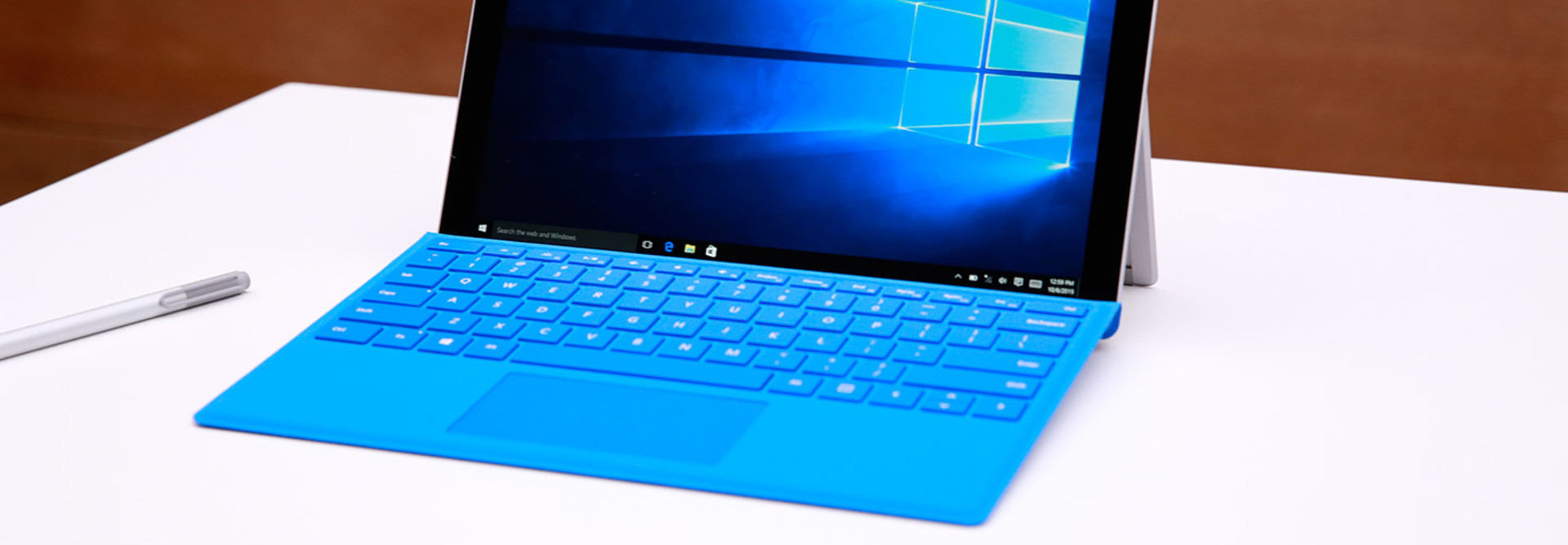7 Tips for a Successful Migration to Windows 10
Federal agencies are chugging ahead on upgrading old desktops, laptops and other endpoints to the Microsoft Windows 10 platform. Yet different agencies are moving at varying paces in their upgrades, and some are making it more of a priority than others.
The push to move to Windows 10 likely got a little bit of a jolt this week with the expiration of official Microsoft support for the aging Windows Vista operating system, though, as FCW notes, many government systems still run on the even older Windows XP or on Windows 7, which Microsoft introduced in 2009 and which proved far more popular than Vista.
The Defense Department has led the charge on Windows 10 migration, with vows to move up to 4 million devices to Windows 10, though DOD spokesperson Lt. Col. James Brindle told FCW the Pentagon has only migrated 200,000 devices to Windows 10 so far, and that number is expected to double in the coming months.
Windows 10 provides greater security, a familiar user interface, more cloud capabilities and the Cortana digital assistant, among many other features. Other agencies are also moving forward on the migration.
Yet, as with any large-scale move in government, there are bound to be hiccups and bureaucratic inertia that slow down a migration. What are some tips agencies can follow to ensure a successful switch to Windows 10? Writing in Federal News Radio, Vasili Ikonomidis, the senior program manager and service desk manager at NetCentrics Corp., lays out seven things to keep in mind.
1. Figure out Which Apps Won’t Work on a New OS
Ikonomidis notes that many agencies have created customized applications that are compatible with an older version of Windows or older web browsers, and some of those apps may be considered mission-critical.
“In these cases IT organizations must ensure that critical applications will operate effectively with the new operating system before upgrading,” he says. “Federal agencies should make every effort to take inventory of all applications in use to determine the functional requirements of each — what OS or browser it requires, how much storage is needed — and it’s also a great opportunity to reassess the need for certain applications.”
Agencies should determine if they truly need to keep legacy apps if only a small number of users are using them. An organization can also potentially consolidate apps and stop paying for duplicative software.
“For those implementing upgrades, it’s important to work with customers to identify all baseline apps and test them with Win10 before they are scheduled to be migrated, to ensure compatibility or identify a workaround where needed,” Ikonomidis says.
2. Identify Potential Problems Before They Grow
Ikonomidis recommends that agencies select users to be testers for pilot migrations to Windows 10. That way, once IT departments get an accurate representation of their user base — desktop users, mobile users, power users — they can “identify potentially large problems with a subset of users, allowing most your organization to carry on with the mission and, ultimately, fine tune the requirements and plans for enterprise-wide deployment.”
IT departments “may need to perform scans to determine what software and applications are on the network and which components are using those applications.” Then, they develop a test plan for each component and application to make sure it is tested on a Windows 10 machine, he says. “Once determined, you should get customer concurrence before scheduling that component for migration,” he adds. “I would recommend that customers also test solutions internally before deploying to their customer community.”
3. Plan for Deployments and Moving Back to Old OSes
When moving forward with a deployment, agencies should determine if, in instances where data cannot be transferred, they need to retain the data on the old OS, Ikonomidis says. In addition to testing extensively, the deployment should be organized and rolled out in phases, either in terms of functionality, geography or components of an agency.
“Train and survey your user base to prepare them, and improve each phase based on what went well — or not so well — in the previous phase,” he adds. “Using user surveys, feedback from the service desk and feedback from weekly IPTs, evaluate the strengths and weaknesses of each phased deployment and determine methods and actions for improvement. And remember, a plan to rollback is just as important as a plan to move forward.”
4. Train Your Users to Use Windows 10
Training courses for users are critical. Users will not take full advantage of all the new features in Windows 10 if they don’t know about them.
“Be flexible with the training times and continue to offer the courses after the upgrade. Some users might not think they need the training, only to find themselves searching YouTube for ‘How to…on Windows 10,’” Ikonomidis notes. “Solution implementers should be prepared to offer a wide array of training from simple things like quick reference guides to computer based training videos, to formal classroom training. After all, your job is not done until the customer not only has the upgrades, but knows how to use them efficiently.”
5. Staff and Train Your IT Support Desk
With new operating systems come new IT problems, which means a lot of work for the IT support desk. Agencies should ensure that they have “appropriate staffing levels to support a surge in tickets, and that all your staff are prepared to troubleshoot issues that arise because of the upgrade,” which is essential not only to maintain the operational state, but to keep end users from getting frustrated and losing productivity, Ikonomidis says.
Agencies should offer training in advance to the IT help desk staff and create self-help guides, video tutorials and other self-service materials to offset the expected surge in support tickets. “This will shorten call time and allow technicians to respond to more calls and tickets in a shorter amount of time,” Ikonomidis says.
6. Upgrade in Phases
There are pros and cons to upgrading in phases. On the one hand, Ikonomidis says, “If something goes wrong in phase one, only a portion of users are impacted. Once those initial issues are resolved, you can adjust for them in phase two.”
On the other hand, “a phased approach takes time and can lead to disruptions in service and productivity. For example, users in phase one using Win10 may not have access to an old application that the rest of the users on Win7 are still using. The applications used by a particular user should influence when that user is migrated and which other users he or she is migrated with.”
7. Budget for Expenses
Initially, moving to a new OS will necessarily lead to higher costs due to new licenses, labor costs for the migration, training and lost productivity during the transition, according to Ikonomidis. Yet agencies should also plan on accounting for cost savings in the long term, because with “an improved security posture, the likelihood of ransomware attacks and other data breaches is significantly reduced — saving organizations the expense, headache, and damage to their reputation.”









